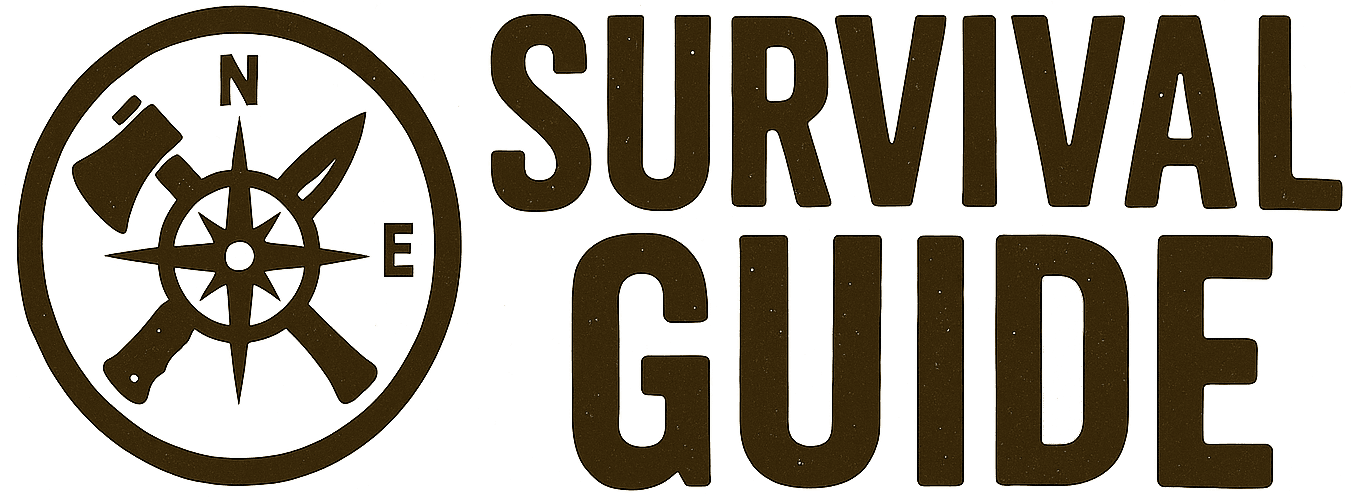In a survival scenario, fire is life. It warms your body, cooks your food, purifies your water, and signals rescuers—or deters predators. But when your lighter is empty, the matches are wet, and the rain won’t quit, most people freeze, literally.
This guide will teach you how to start a fire anywhere, with or without gear, so you don’t become another name on a frozen headstone.
Why Fire Is the First Tool of Survival
- Warmth: Hypothermia can kill in hours.
- Water Safety: Boiling eliminates deadly microbes.
- Cooking & Morale: Hot food and light keep spirits alive.
- Signal & Protection: Flames attract rescue—or keep threats at bay.
Fire isn’t just comfort; it’s your most versatile survival weapon.
The Fire Triangle: Heat, Fuel, Oxygen
Every flame needs:
- Heat – a spark, friction, or concentrated sunlight.
- Fuel – tinder (catches fast), kindling (builds flame), and logs (sustains it).
- Oxygen – airflow is life. Suffocate it, and your fire dies.
Miss one, and you’ve got nothing but smoke and frustration.
Modern Fire-Starting Tools
Always carry at least two of these:
- Ferro Rod (Fire Steel): Throws 3,000°C sparks even when soaked.
- Stormproof Matches: Burn despite wind and rain.
- Bic Lighter (Wrapped in Tape): Lightweight and dependable.
- Magnesium Block: Shavings burn hot enough to ignite damp wood.
Primitive Fire-Starting Methods
1. Bow Drill (Friction Fire)
- Carve a spindle, fireboard, and bow.
- Spin until the friction creates a hot ember.
- Transfer to a tinder bundle and blow gently.
- Takes practice, but it works when nothing else does.
2. Flint and Steel
- Strike steel against flint to shower sparks.
- Catch sparks on char cloth or dry fungus (amadou).
- A proven method for centuries.
3. Solar Fire (Lens)
- Use a magnifying glass or clear water-filled bottle.
- Focus sunlight on dry tinder until it smoulders.
- Only viable in bright daylight—have a backup.
The Tinder Kit You Must Always Carry
- Cotton balls soaked in petroleum jelly (burn for 5 minutes).
- Fatwood (resin-rich pine wood, lights easily).
- Dry birch bark (ignites even when damp).
- Waxed jute twine (frays into fluffy, catchable fibres).
- Store in a waterproof pouch—because wet tinder is useless.
Building the Fire
- Create a Base: Lay dry sticks or bark to keep your fire off damp ground.
- Tinder First: Build a small nest of easily ignitable material.
- Kindling Pyramid: Add small twigs in a teepee or log cabin style.
- Gradually Add Fuel: Start with finger-thick sticks, then larger logs.
- Maintain Airflow: Don’t smother it—feed it like a living thing.
Survival Fire Hacks
- Steel Wool + Battery: Touch 9V battery to steel wool for instant ignition.
- Lip Balm on Tinder: Acts as a slow-burning accelerant.
- Dryer Lint: Lightweight, burns like a fuse.
- Feather Sticks: Shave curls into damp wood to help it catch.
Quick Fire Kit Checklist (Always in Your Pack)
- Ferro rod and striker
- Waterproof matches
- Cotton balls with petroleum jelly
- Fatwood or birch bark
- Lightweight folding knife
- Waterproof container or pouch
Final Word
Fire isn’t optional—it’s survival. Learn these techniques now, not when your fingers are too cold to strike a spark. Master fire, and you master the wild. Fail, and the wild will master you.

